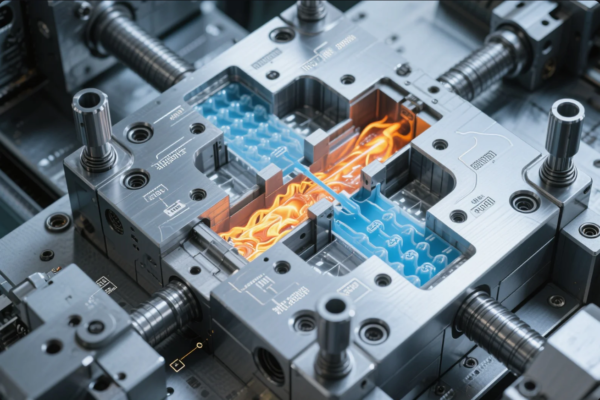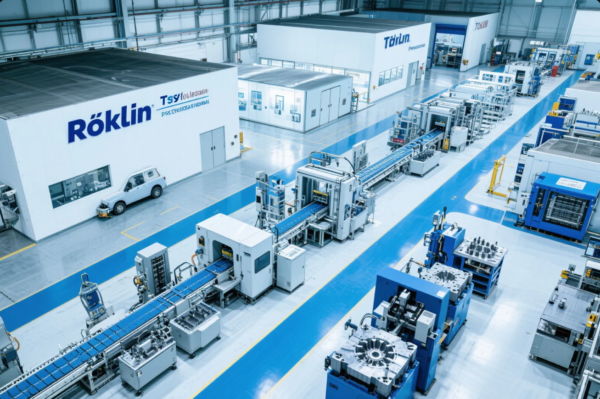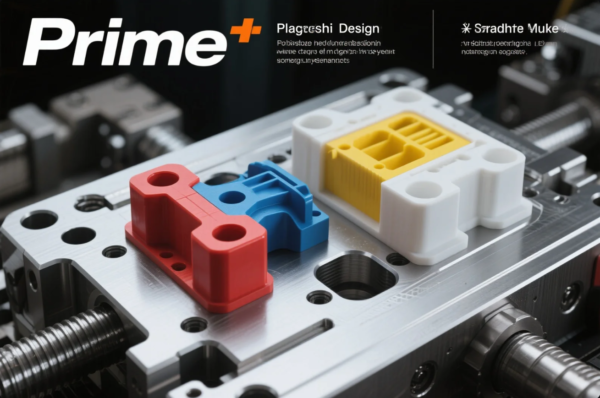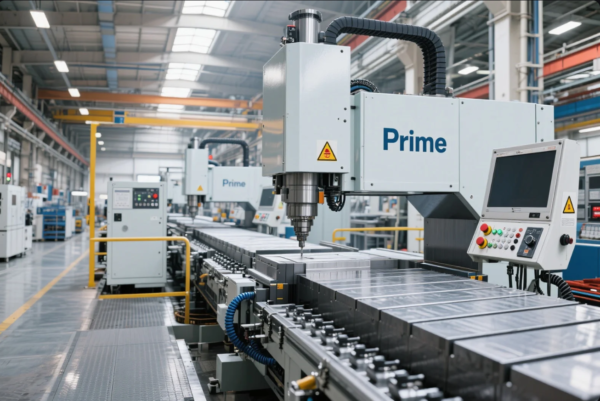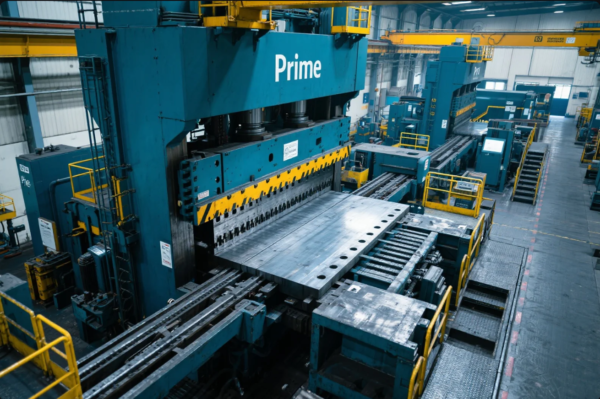How many hours do sheet metal workers work?
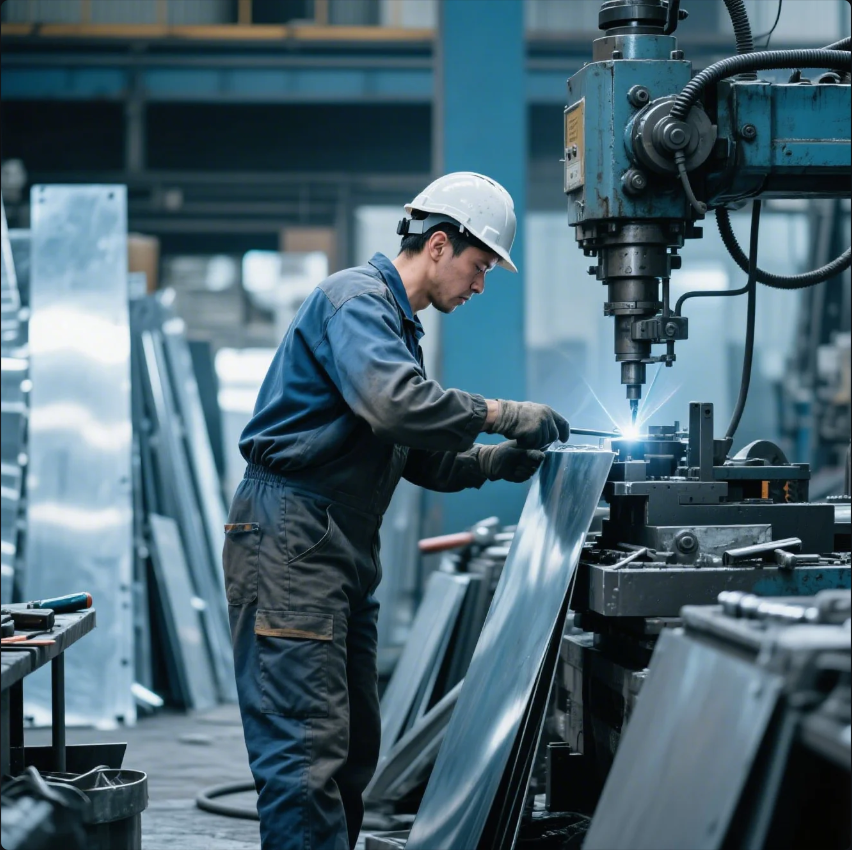
Sheet metal workers usually keep a full-time schedule, but overtime is common during peak project seasons.
Sheet metal workers generally work around 40 hours per week, with overtime pushing it to 50–60 hours depending on project needs.
Stay with me. I will explain their typical work schedule, daily routine, and the challenges that come with this profession.
How many hours a week do sheet metal workers work?

Most sheet metal workers work full-time, and many take on overtime to meet tight project deadlines.
Sheet metal workers usually work about 40 hours per week, but can often work 45–60 hours during busy periods.
Weekly Workload Breakdown
| Type of Work Week | Average Hours | Notes |
|---|---|---|
| Standard Week | 40 hours | 8 hours/day, Monday–Friday |
| Overtime Week | 45–60 hours | Peak seasons, major builds |
| Night/Weekend Work | Variable | Industrial shutdowns, urgent installs |
At Prime, we support our clients by offering fast, reliable "custom stamping parts supplier" services that keep their projects on schedule — helping to reduce excessive overtime costs.
One construction company shared that Prime’s on-time deliveries allowed them to avoid pushing their sheet metal crews into mandatory weekend shifts, saving both time and money.
How many hours do you need for sheet metal?

If you’re entering the field, you’ll need to complete both practical work and formal training hours to become fully qualified.
To become a certified sheet metal worker, you typically need 6,000 to 8,000 hours of combined on-the-job training and classroom education.
Breakdown of Sheet Metal Training Hours
| Training Type | Hours Required | Purpose |
|---|---|---|
| On-the-Job Training | 5,000–7,000 hours | Real-world fabrication and installation |
| Classroom Instruction | 600–1,000 hours | Safety, blueprint reading, math skills |
| Total for Apprenticeship | 6,000–8,000 hours | Typically over 4–5 years |
At Prime, we respect and value skilled tradespeople. That’s why we continuously invest in training our "ISO certified casting parts manufacturer" teams to stay sharp and up-to-date with industry standards.
One of our top team leaders today started out sweeping the floor 15 years ago — training, persistence, and good mentoring turned him into an expert fabricator.
What is the typical day of a sheet metal worker?
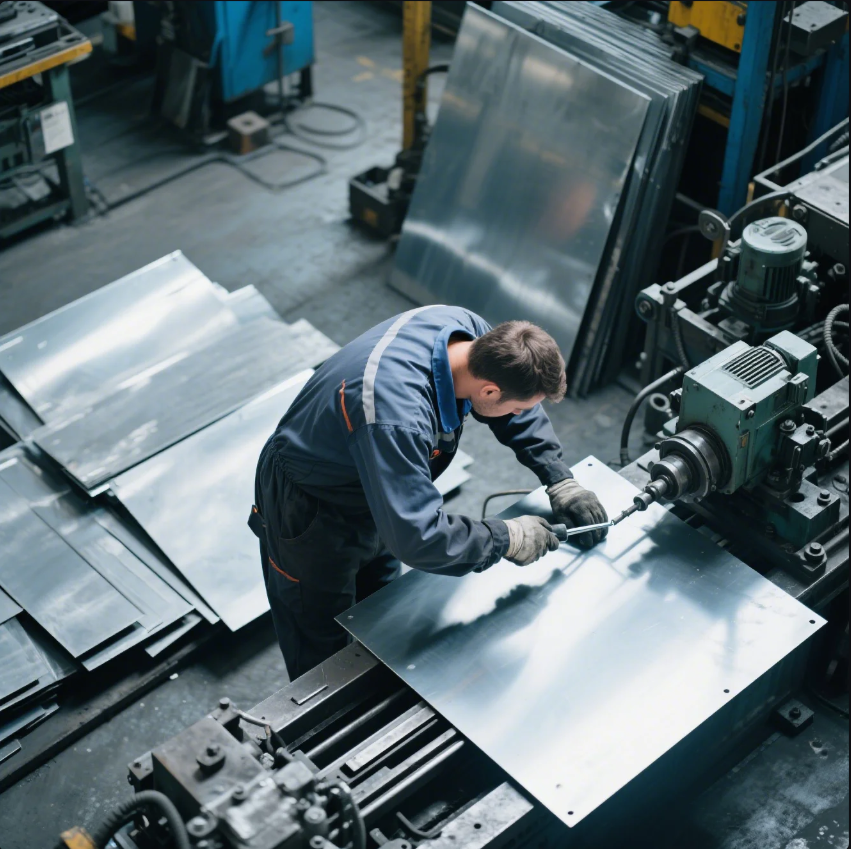
A sheet metal worker’s day blends physical labor, technical skills, and precision craftsmanship from start to finish.
A typical day for a sheet metal worker involves reading blueprints, measuring, cutting, forming, welding, assembling, and installing metal parts.
Typical Daily Tasks
| Task | Description | Example |
|---|---|---|
| Morning Setup | Tool check, safety gear, review plans | Brief meeting with foreman |
| Cutting and Forming | Shearing, bending, shaping sheets | Using brake presses and rollers |
| Assembly Work | Welding, fastening parts | Assembling duct sections |
| Installation | Fitting fabricated pieces on site | Hanging ducts in buildings |
| Cleanup and Maintenance | Clearing workspace, maintaining equipment | Preparing for next shift |
At Prime, we mirror these workflows in our factory floors when producing "precision CNC parts machining" and customized sheet metal parts, ensuring every stage runs smoothly from setup to final inspection.
One contractor remarked that receiving consistently clean, properly formed parts from Prime allowed their crews to install components faster, shaving entire days off their timelines.
What are the cons of being a sheet metal worker?

While the profession offers good wages and steady demand, it comes with serious physical and environmental challenges.
Cons of being a sheet metal worker include physical strain, risk of injury, environmental exposure, and project-based employment cycles.
Challenges in Sheet Metal Work
| Challenge | Impact | Example |
|---|---|---|
| Physical Strain | Back, shoulder, and hand injuries | Repetitive lifting and bending |
| Safety Risks | Cuts, burns, falls, equipment accidents | Handling sharp, hot, heavy materials |
| Exposure to Elements | Weather extremes, dust, fumes | Working on outdoor construction sites |
| Project Fluctuations | Busy or slow work periods | Dependence on local construction cycles |
At Prime, we design ergonomic workflows and implement strict safety standards to protect our workforce — and it shows in our high employee retention and low injury rates.
One production manager told me that after Prime upgraded to ergonomic equipment, injuries in their division dropped by 40% in just six months.
Conclusion
Sheet metal work demands full-time hours, physical strength, and serious dedication but offers rewarding pay and steady job opportunities. Contact Prime today for ISO-certified industrial metal parts, fast production, and expert support that helps you build projects better and safer!

